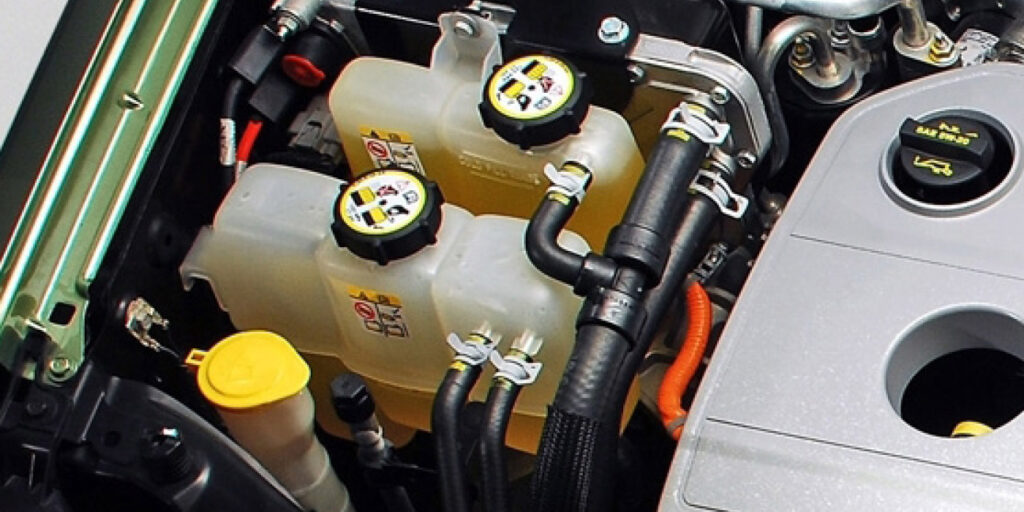WASHINGTON – The U.S. Environmental Protection Agency (EPA) on Wednesday, Oct. 13, waived a limitation on selling fuel that is more than 10 percent ethanol for model year 2007 and newer cars and light trucks.
The waiver applies to fuel that contains up to 15 percent ethanol – known as E15 – and only to model year 2007 and newer cars and light trucks.
The ruling is part of an effort to reduce the nation’s reliance on fossil fuels and decrease oil imports.
For more on this issue, click here.
This represents the first of a number of actions that are needed from federal, state and industry towards commercialization of E15 gasoline blends. EPA Administrator Lisa P. Jackson made the decision after a review of the Department of Energy’s (DOE’s) extensive testing and other available data on E15’s impact on engine durability and emissions.
“Thorough testing has now shown that E15 does not harm emissions control equipment in newer cars and light trucks,” said Jackson. “Wherever sound science and the law support steps to allow more home-grown fuels in America’s vehicles, this administration takes those steps.”
To mitigate the impact of its decision, the agency said it will not mandate that gas stations offer the E15 blend. Retailers could begin selling the fuel early next year.
A decision on the use of E15 in model year 2001 to 2006 vehicles will be made after EPA receives the results of additional DOE testing, which is expected to be completed in November.
However, no waiver is being granted this year for E15 use in model year 2000 and older cars and light trucks – or in any motorcycles, heavy-duty vehicles, or non-road engines – because currently there is not testing data to support such a waiver.
Since 1979, up to 10 percent ethanol or E10 has been used for all conventional cars and light trucks, and non-road vehicles.
Additionally, several steps are being taken to help consumers easily identify the correct fuel for their vehicles and equipment. First, EPA is proposing E15 pump labeling requirements, including a requirement that the fuel industry specify the ethanol content of gasoline sold to retailers. There would also be a quarterly survey of retail stations to help ensure their gas pumps are properly labeled.
The Energy Independence and Security Act of 2007 mandated an increase in the overall volume of renewable fuels into the marketplace reaching a 36 billion gallon total in 2022.
Ethanol is considered a renewable fuel because it is produced from plant products or wastes and not from fossil fuels. Ethanol is blended with gasoline for use in most areas across the country.
The E15 petition was submitted to EPA by Growth Energy and 54 ethanol manufacturers in March 2009. In April 2009, EPA sought public comment on the petition and received about 78,000 comments.
The petition was submitted under a Clean Air Act provision that allows EPA to waive the act’s prohibition against the sale of a significantly altered fuel if the petitioner shows that the new fuel will not cause or contribute to the failure of the engine parts that ensure compliance with the act’s emissions limits.
More information: http://www.epa.gov/otaq/regs/fuels/additive/e15/













